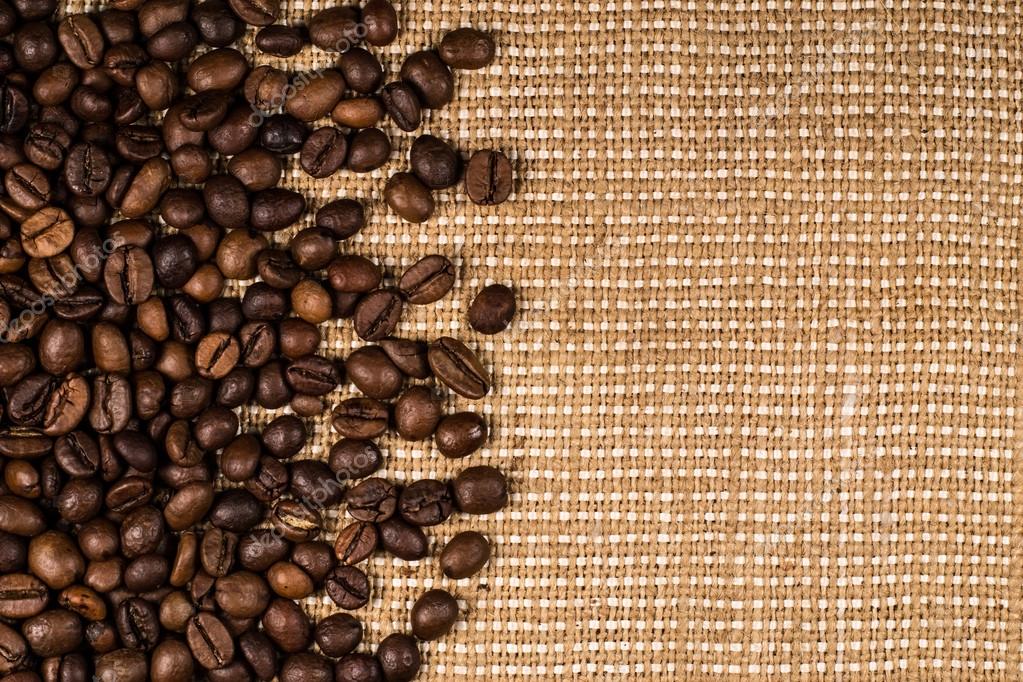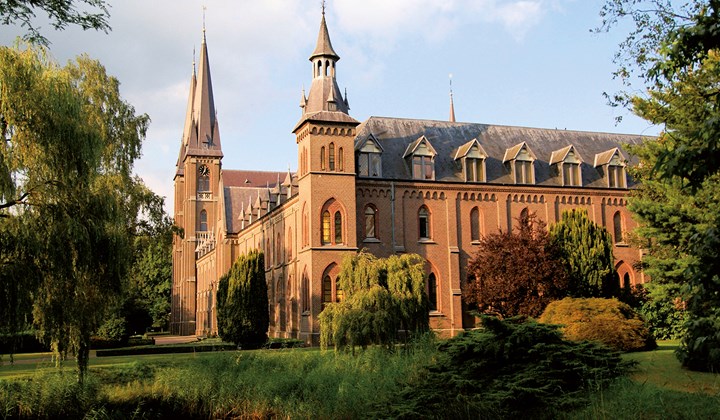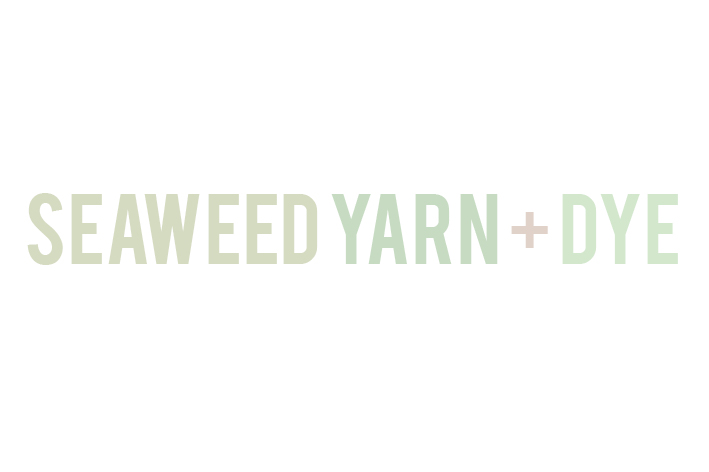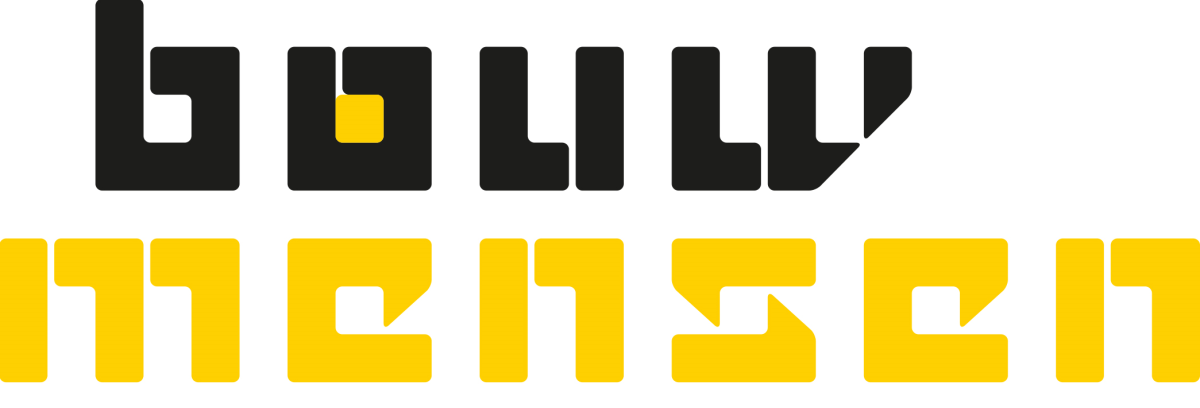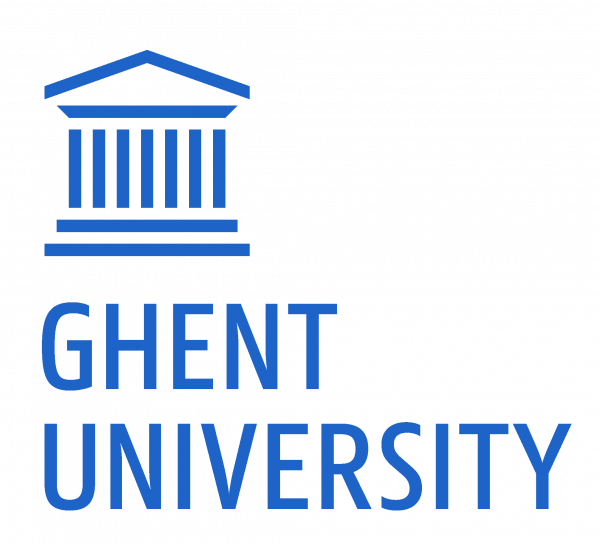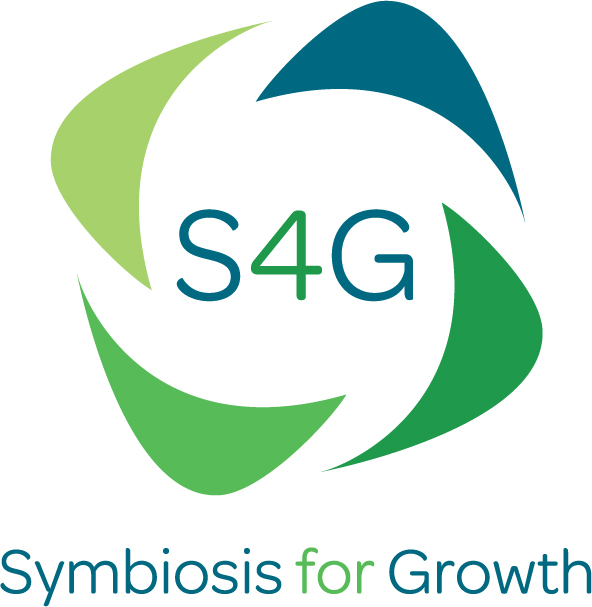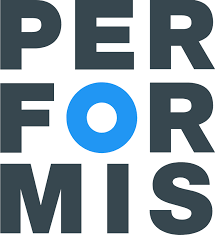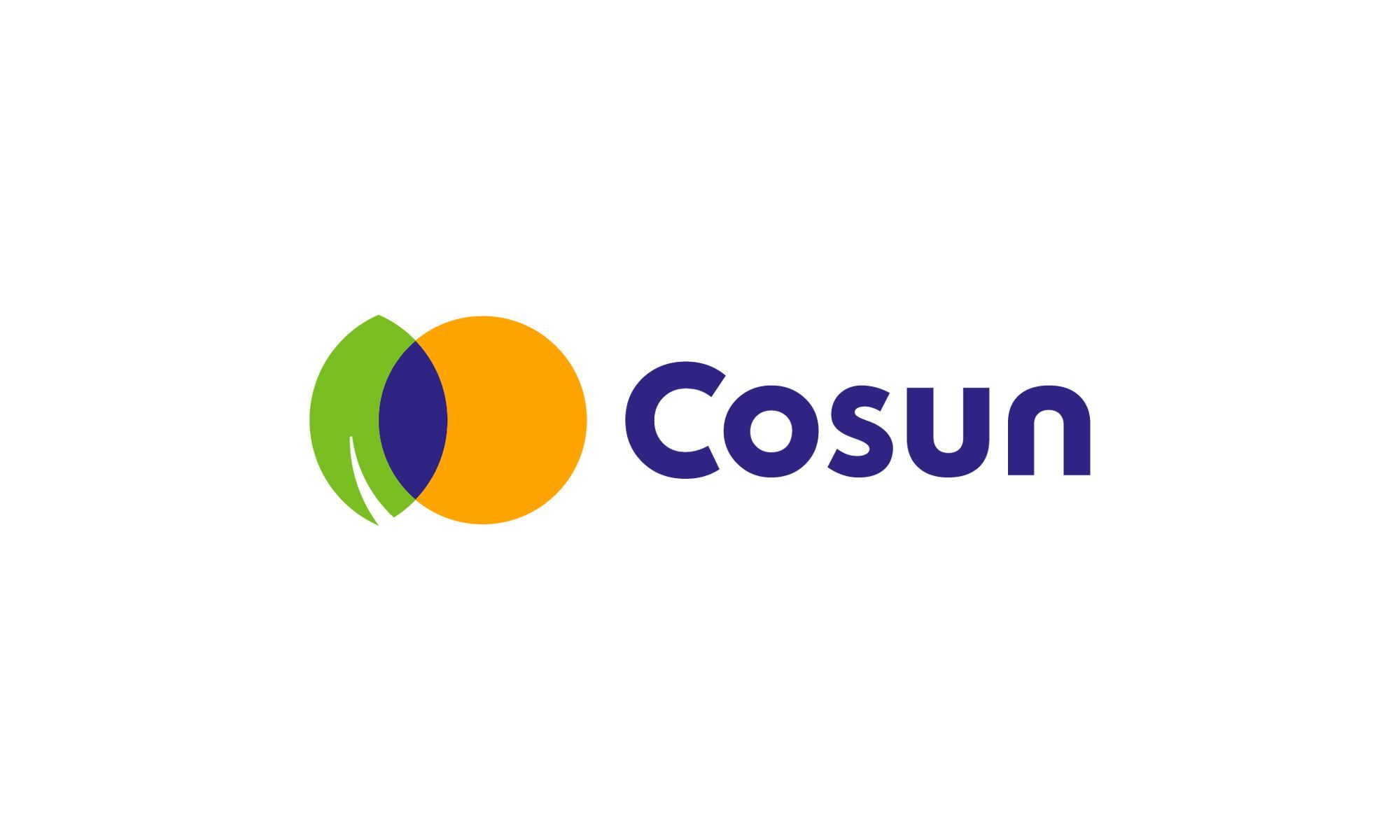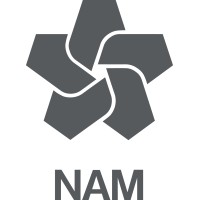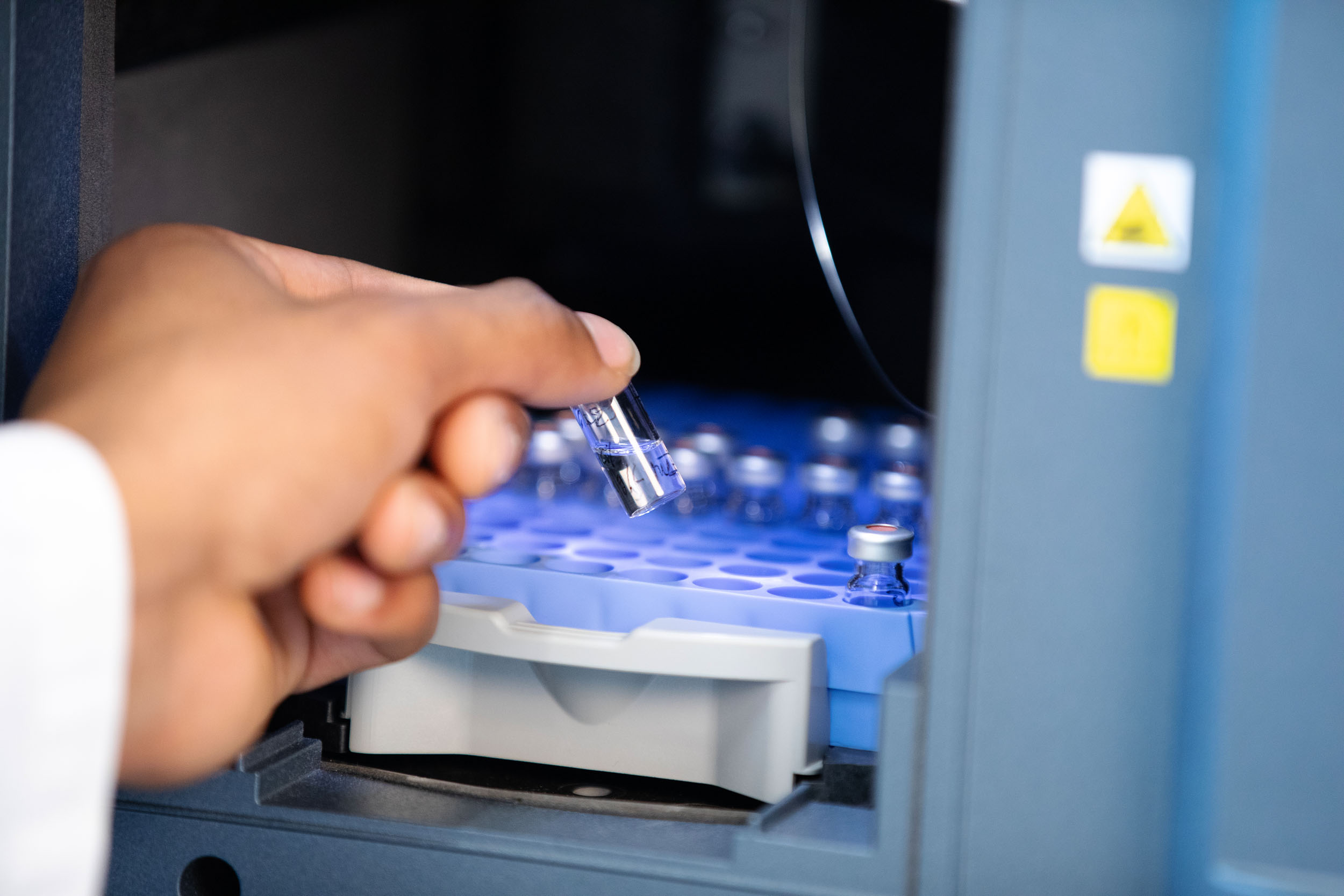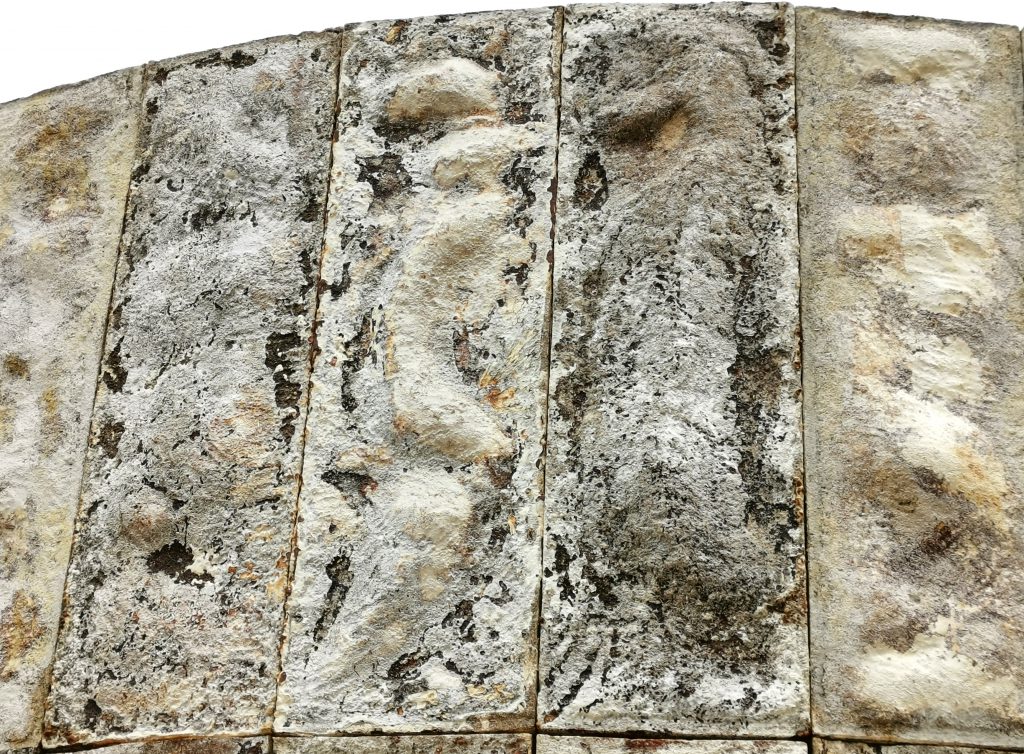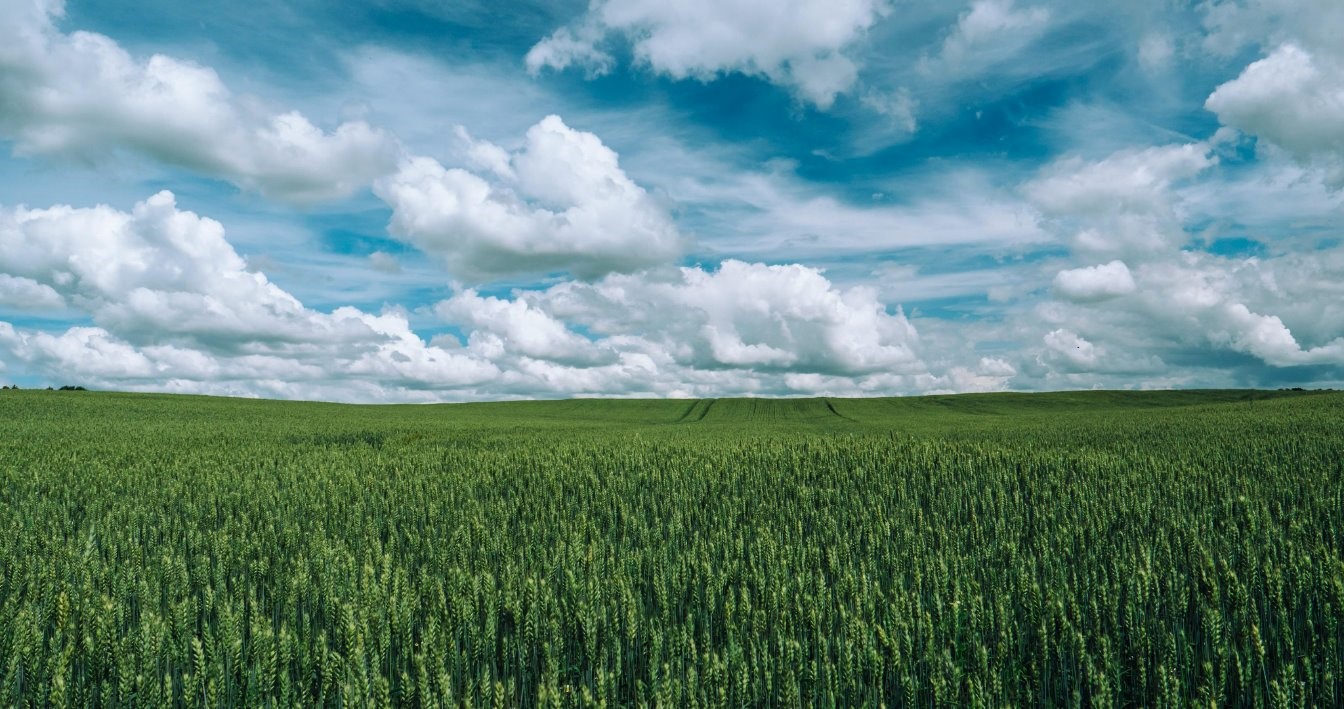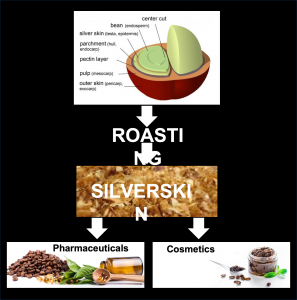 The CS can be used for compost. It is light and airy and has a relatively high nitrogen content. In urban areas, however, the need for compost material is limited and since in many cities, such as Amsterdam, compostable waste still cannot be separated, most of the CS is currently being disposed of as waste. Options for effective and economically viable exploitation of CS need to be developed. The relatively small scale of production in micro-branding companies poses a specific challenge. While the silver skin significantly increases the company’s waste disposal costs, the volumes are not large enough to justify separate collection for low-value use as composting. The intended use must be either in the store or nearby (e.g. baking) or of sufficient quality to justify the costs associated with logistics.
The CS can be used for compost. It is light and airy and has a relatively high nitrogen content. In urban areas, however, the need for compost material is limited and since in many cities, such as Amsterdam, compostable waste still cannot be separated, most of the CS is currently being disposed of as waste. Options for effective and economically viable exploitation of CS need to be developed. The relatively small scale of production in micro-branding companies poses a specific challenge. While the silver skin significantly increases the company’s waste disposal costs, the volumes are not large enough to justify separate collection for low-value use as composting. The intended use must be either in the store or nearby (e.g. baking) or of sufficient quality to justify the costs associated with logistics.
Economically achieveable
The options for effective and economically viable utilization of coffee silver skin need to be developed. The relatively small scale of production in micro-branding companies poses a specific challenge. While the silver skin significantly increases the company’s waste disposal costs, the volumes are not large enough to justify separate collection for low-value use as composting. The intended use must be either in the store or nearby (e.g. baking) or of sufficient quality to justify the costs associated with logistics.
The aim of this project is to provide an overview of the biomass coffee siver skin, its chemical composition and its biological activity to identify viable high performance material applications. The results of this research are used to identify the market opportunities of products based on the high quality components in coffee silver skin. Examples of this can be found in cosmetics and pharmaceuticals.
This project is supported by TKI BBE

20191115 until 20201114




